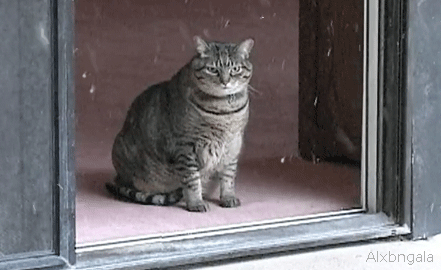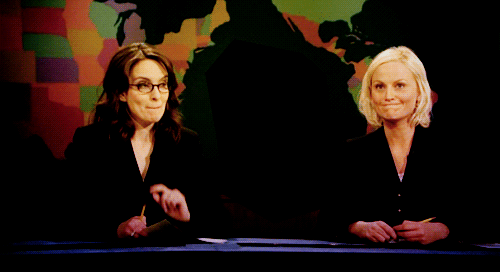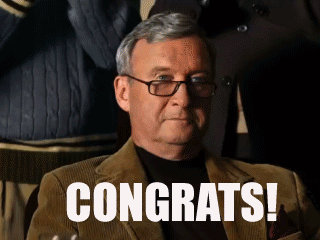I finally got to finish this series. I bunch of stuff happened in the past 2 months and I just got super busy and failed to post this up on Tumblr sooner. The good news is, I’m finishing this up and moving onto my next project “Fabled Kingdom”, so good to see this finally done! I’ll post more stuff from FK once November starts!
- This is part of an on-going blog series called “Being a Professional Manga Artist in the West“. The Table of Contents is here.
- My comics-prose stories “Short Ghost Stories: The Man with the Axe in his Back” is available on Smashwords and Amazon. Read more at this link.

Part 6: Books Shipped, Books Returned, and the Returns Reserve
This will be the last post in this series, since it covers pretty much the end of the chain of production. Here is how it goes:
- The rights to a book are bought by publishers.
- The advance and royalty percentage is worked out in a contract
- The book goes through the publishing editorial process
- When it’s ready for market, the publishers look to book sellers to order copies so they know how many copies to print.
Point 4 will be the focus of this post, plus what happens from that point onwards.
Part 6a: Books shipped VS Books sold
Firstly, I will tackle a subject that few readers think about, but which plagues authors and publishers like crazy. That is: the difference between the number of books printed, and the number of books actually sold to a person who pays money to buy the book. Mind you, this doesn’t include things like promotional copies, deep discounted copies, or any number of alternate editions (such as book clubs, preview copies, etc) that a book may get.
I bet you when you go into a bookstore, most of you don’t realise that the bookstore doesn’t actually own any of the books on the shelves. The truth is, bookselling is a business that’s based on consignment – bookstores let publishers stock their shelves with books. In turn, bookstores get to keep a percentage of the profit when a book is sold.
That is, if a book sells. What if you printed 1000 books, and only 500 of them sold? That is the difference between ‘books shipped,’ and ‘books sold.’
It’s the bane of publishers everywhere, because it’s possible these days to print 10,000 copies, and only sell 100 copies. A book that doesn’t sell is only taking up shelf space, and book sellers don’t like it when non-selling deadweight flops take up precious, limited shelf space. You can betcha that if a new book is sitting on a bookshelf and isn’t selling, a bookseller will take it off the shelves to make room for new books. All the copies of the non-selling book will then be returned to the publisher – at the publisher’s expense. It’s the sort of thing that can bankrupt a publisher, if they bet on the wrong book.
So, how long will a book get to sit on a shelf, until it’s decided to be a flop? About 6 weeks.
If it hasn’t moved a designated number of copies (decided by a computer) after 6 weeks, then it will be returned to a publisher. The book will then be declared ‘dead.’ Now, this may seem harsh, but then again, this is how much publishing has changed in the past 20 years. Returns have always been a problem, but the pace of new books being published is so fast that this has become the new normal. On average, 25-40% of all books printed gets returned, and the publisher AND author will bear the cost of it.
Part 6b: Returns Reserve
The trickle of books returned to a publisher will take a while to be calculated. Some books sell better at some stores than other, so it’s very hard to predict exactly how many books have been sold until the quarterly figures come in and are tallied. Usually, it’s assumed that after 18 months, all copies of a book that are to be returned have been returned. That means that after 6 months on the bookshelf, a book is presumed to have sold most of the copies it would sell in its lifespan.
Because the cost of unsold books will have to be borne by the publisher and author, usually on an author’s royalty statement there is a 25% ‘returns reserve’ provision. What that means is that 25% of your royalties will be withheld from you, until 18 months is over. Since 85% of books fail to recoup their advances (see my previous post on advances), if you didn’t recoup your advance during this time, you probably won’t after this. So withholding 25% of your royalties from you isn’t that big a deal – after all, you’ll get it back after 18 months.
*****
This ends my series on publishing. There’s a lot more to cover that I’ve yet to cover, but it’s probably easier for people to contact me directly if they have a question to ask.
Since I promised people that I’ll be doing a tutorial on ‘how to do comics-prose’, I’ll probably spend the rest of my time doing that. I’ll include self-publishing in there too, since I feel being able to self-publish and put a price on your work is an integral part of doing comics-prose. Talk to you all later!





